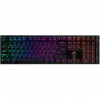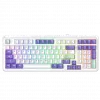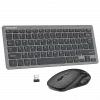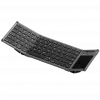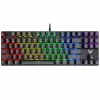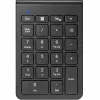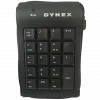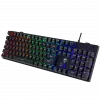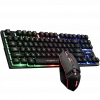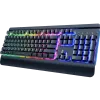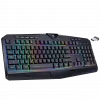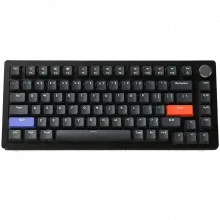
In computing, a keyboard is a typewriter keyboard, which uses an arrangement of buttons or keys, to act as mechanical levers or electronic switches. With the decline of punch cards and paper tape, interaction via teletype-style keyboards became the main input device for computers.
Despite the development of alternative input devices, such as the mouse, touchscreen, pen devices, character recognition and voice recognition, the keyboard remains the most commonly used and most versatile device used for direct (human) input into computers.

